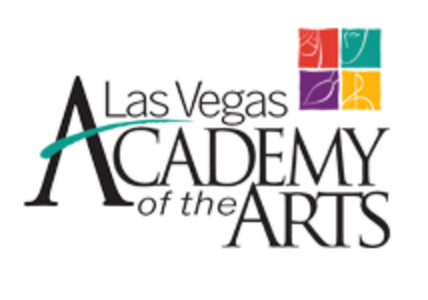Case Study: Quantifying Music Student Performance
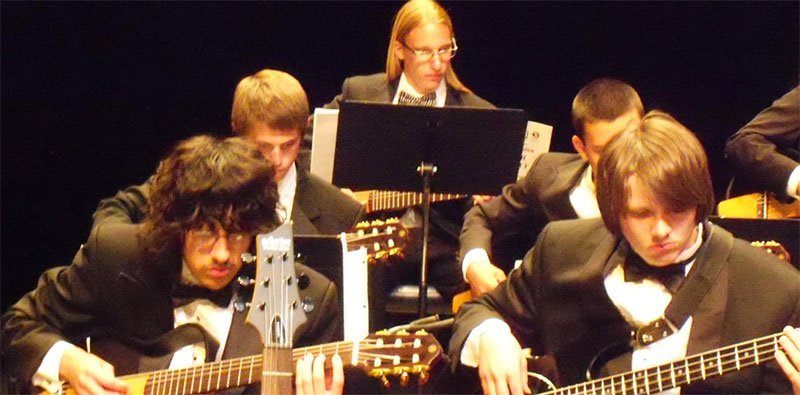
Grammy-Winning Music Teacher Bill Swick Tracks Individual Student Improvement

Executive Summary
The recent advances in instructional technology for music have been astounding. Technology now allows for students to practice anytime on any device and receive instant feedback. Their teachers can monitor and assist in their progress via an interactive platform that allows them to follow each student individually tracking their scores. Thus managing multiple classrooms and hundreds of students becomes efficient and saves valuable instruction time. But what good is this technology if neither teachers nor the students embrace it?

This wasn’t a problem for Las Vegas guitar director Bill Swick. Within eight weeks of implementing Music Prodigy across his 10 classes, the immediate results were remarkable:
- 222 students
- 420 hours of practice time
- 13084 assessed performances
- Average improvement of 12%
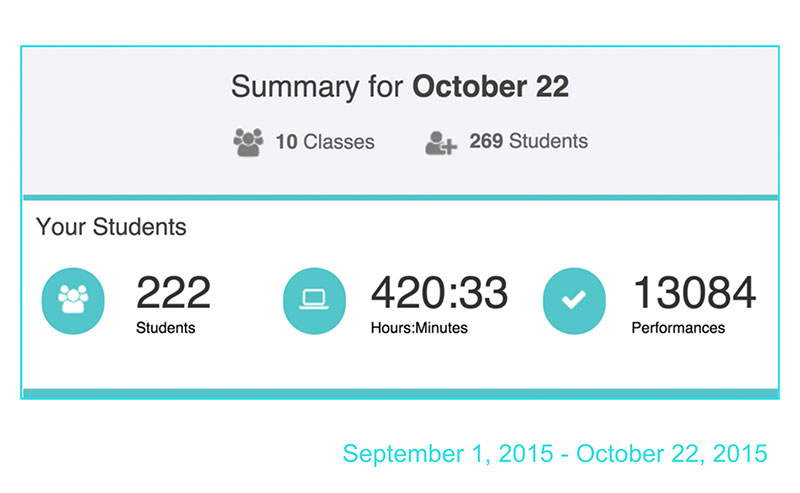
“Every student has 18 grades, 16 of which are related directly to Music Prodigy …students' levels of playing are on the rise… practicing like this is so much fun, I did not want to put the guitar down! This is great stuff!"
– Bill Swick, Guitar Director, Las Vegas Academy
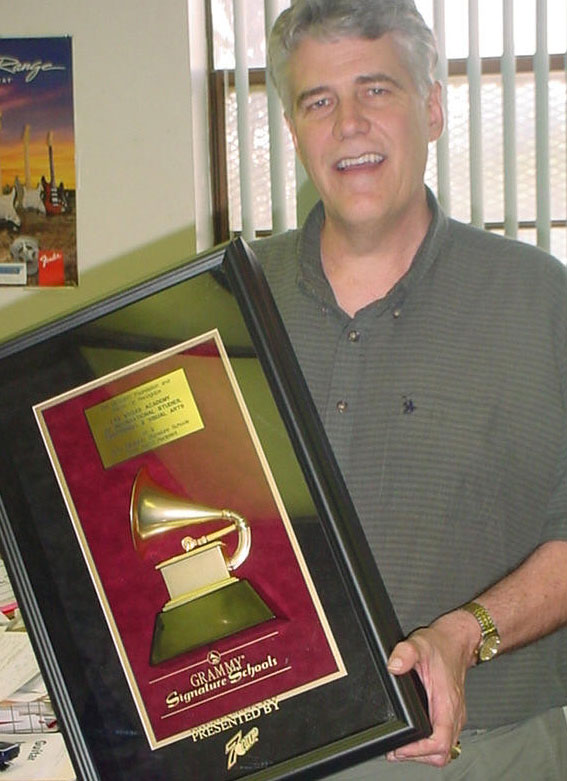
Challenges
Learning any music instrument takes a significant amount of practice. It becomes challenging when trying to continue learning, post-teacher instruction. Static sheet music doesn’t allow for interactivity. Therefore the student can’t tell if they’re playing the notes/chords correctly. And thus, they can’t quantifiably track their improvement. This only comes once they sit down with the instructor at the next session, at which point neither the teacher nor the student have a good gauge of what has happened during practice time in between. Whether trying to achieve a proficiency level or prepare for a performance, this gap can pose a significant challenge.
“Music Prodigy Core with polyphonic pitch recognition and at its new price means all of my students can get the tools they need to become better musicians. We are thrilled to finally have the ability to buy, subscribe or upload the titles we need.
– Bill Swick
The challenge is similar for the teacher. They only have a finite amount of classroom time. And often they have several classes, which makes individual instruction time extremely limited. By tracking progress of students within a dashboard, Bill was able to monitor practice at home and identify which students needed extra attention. He could listen to recorded practices, see the number of correct notes played and provide comments and suggestions within specific sections of the piece. This allowed his students to show up to class better prepared and with confidence. For his ensembles this was particularly important.

From Sheet Music to Polyphonic Pitch Detection
As a guitar teacher, Bill was excited when polyphonic pitch detection arrived. Music Prodigy’s core technology now allowed his students to correctly assess not only individual notes, but also chords (multiple notes played at once). In addition, students can see the individual red notes/green notes light up instantaneously in real-time as they played the music. This ground-breaking technology meant a student no longer had wait until the end of the piece to learn if they had played the notes correctly. Each student has the ability to practice assigned pieces multiple times in ‘Practice’ mode before they switch to ‘Assessment’ mode which submits the performance grade to Bill. Since his students were able to practice and perform at any time on any device, he could then review the submitted assessments over time and track each student’s individual progress as a whole. This allowed him to know when a student or class was ready to move on to a more difficult piece.
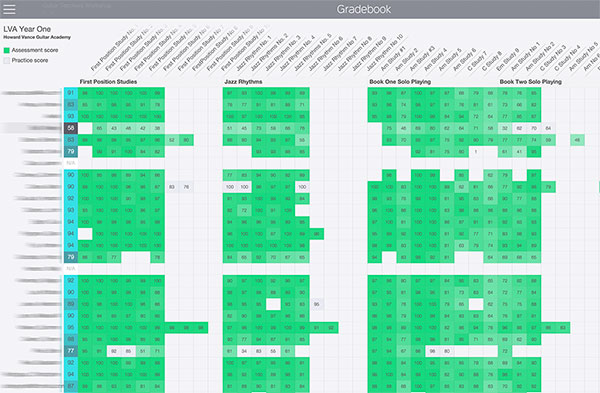
Return on Investment = Return on Time
The real challenge facing teachers today is they don’t have enough time to support student needs. Hence time is their most valuable asset. Through embracing Music Prodigy’s platform, Bill gained not only more valuable classroom teaching time, but the ability to teach more efficiently.
Bill created two separate logins to manage his multiple classrooms and his auditions. Daily emails provided him with an overall reading on usage and progress. Color coding on the dashboard allowed him to easily scan and identify classes, students and specific pieces that need more attention.
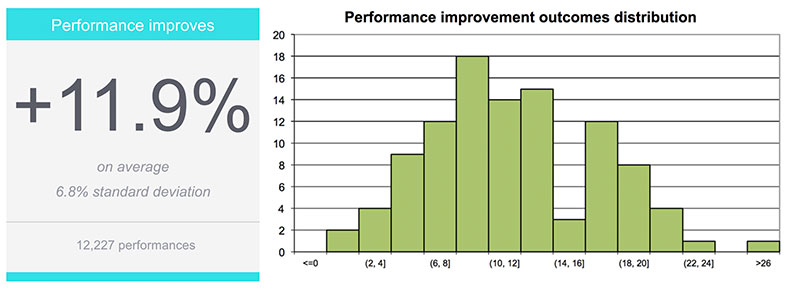
His students are also faced with time constraints, which makes it difficult to receive the individual guidance and feedback they need to achieve their goals. Once invited to use Music Prodigy, his students responded by logging over 500 hours of practice and over 12,000 homework performances in just the first eight weeks. This ability to practice and receive feedback on their performances has lead to a quantifiable improvement of nearly 12% on average.
